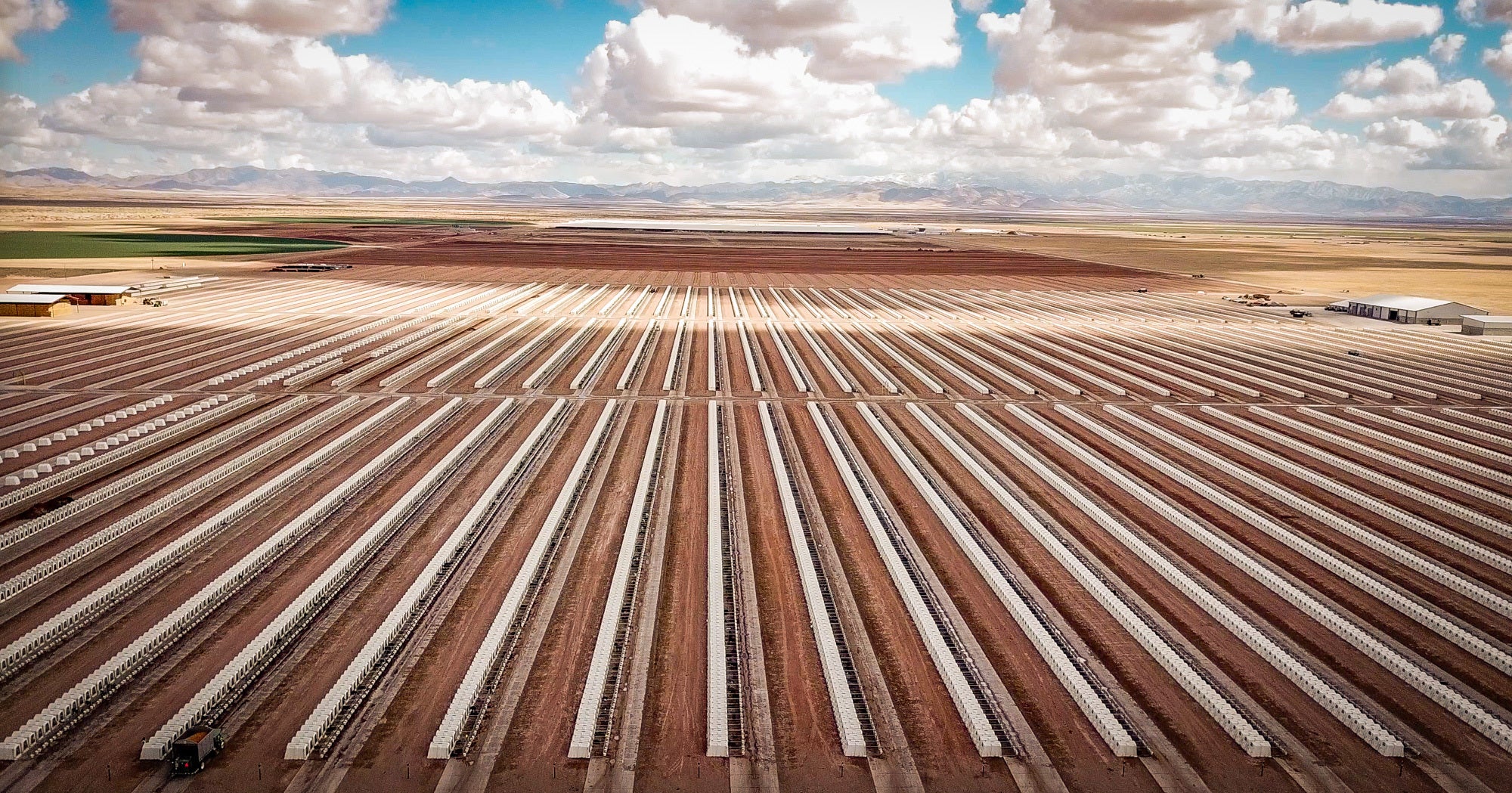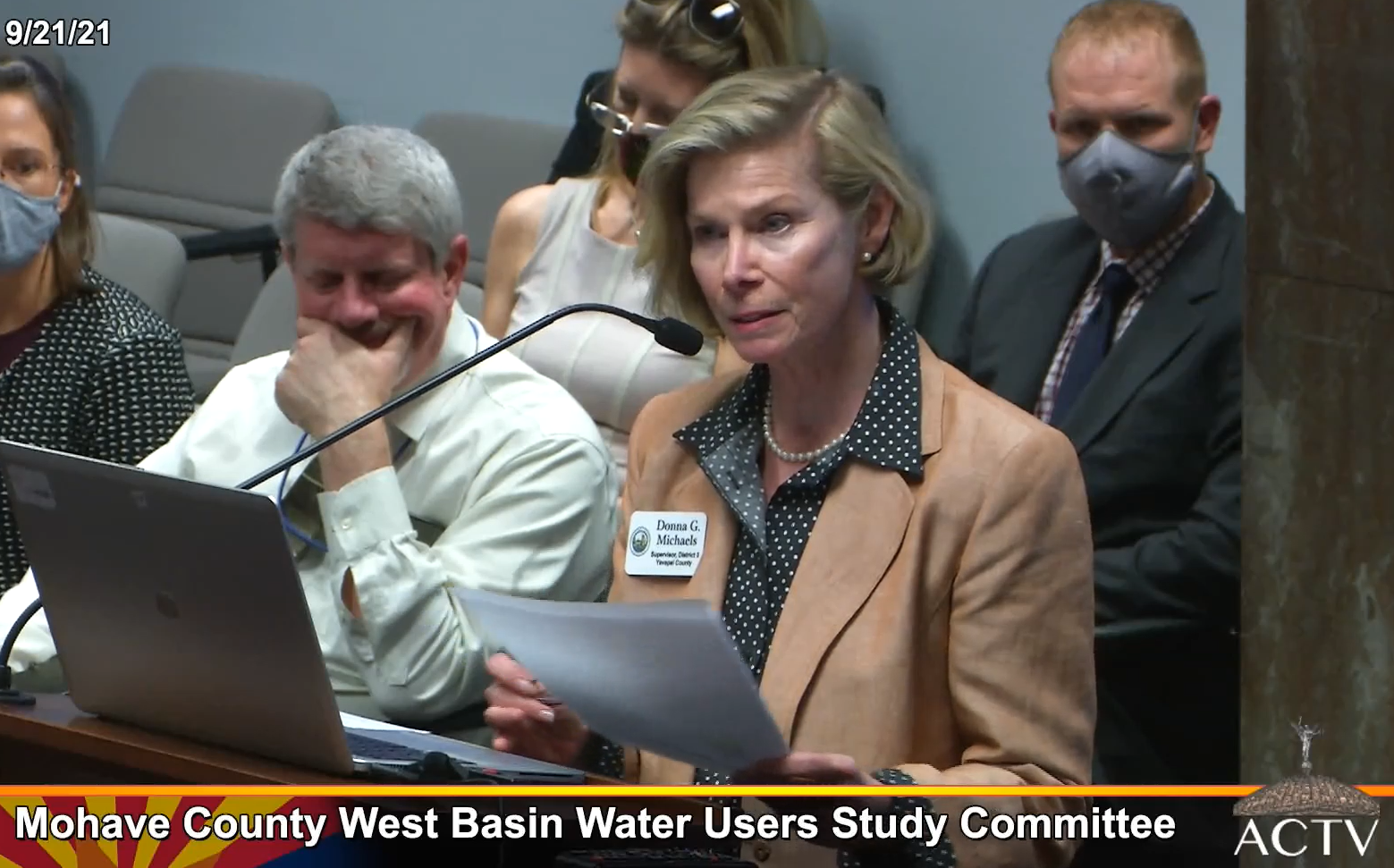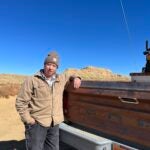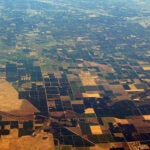Across Arizona, the consequences of unlimited groundwater pumping are becoming untenable for many communities. In response, Arizona state Rep. Regina Cobb, R-Kingman, has introduced legislation, for the third year in a row, to enable rural communities to manage their groundwater through a new opt-in program called Rural Management Areas (RMAs).
Although the bill again did not receive a committee hearing, this year is very different from the past. Over the last several months, more residents and local stakeholders are becoming engaged and organized around water security and water self-determination, getting mobilized in local settings like town halls, community meetings, and even residents’ living rooms and porches. It has become clear that the people of rural Arizona no longer accept being ignored on water issues at the state level. Here are a few recent examples:
- Residents in Cochise County, fed up with state inaction to address unfettered groundwater pumping, have submitted signatures for a ballot measure to ask voters to approve a new Active Management Area (AMA) in the Willcox Basin in a local election in November. They are now gathering signatures for a second AMA in the Douglas Basin.
- Just this week, Coconino County, containing Grand Canyon National Park and its world-renowned groundwater-dependent springs and creeks, unanimously passed a resolution urging Gov. Doug Ducey and the state Legislature to pass the RMA legislation.
- Earlier this month, the Mohave County Board of Supervisors unanimously passed a resolution also urging the governor and Legislature to pass RMA legislation.
- Over a dozen rural leaders and local elected officials from Coconino to Yavapai counties and beyond recently wrote a letter to the governor’s office and legislative leadership asking the state to convene meaningful discussions and address rural groundwater challenges.
- Citizens, local elected officials and leaders, and businesses from around the state spoke at the Mohave County Legislative Groundwater Study Committee hearings, chaired by Cobb, supporting her leadership to address rural groundwater issues. Many drove several hours to speak to the committee for only a few minutes because they had no other legislative forum to voice their perspectives.
- Responding to pressure from residents concerned about water, Yavapai County supervisors recently convened discussions on potentially opting into a county-wide mandatory water adequacy program for new subdivisions. Though it was not approved, this program is one of the only water management tools currently available to rural Arizona communities.

Rows of crates for calves are lined up in orderly rows on a dairy farm in the Wilcox area of Arizona, where residents have submitted signatures for a ballot measure to form an Active Management Area to manage groundwater pumping. Photo credit: Sinjin Eberle, American Rivers
Local water movements will only gain momentum because the enabling conditions are there, including widespread support among voters statewide for rural groundwater reform. Nearly three out of four voters solidly support the Rural Management Area proposal, across rural and urban geographies and political party affiliations, according to the Water for Arizona Coalition’s latest survey from January 2022. As more residents run out of water, as more family farms go out of business, as more miles of beloved rivers are lost, pressure for state action on rural groundwater will build.
How did we get here?
State water policy is no longer widely viewed as best left only to the experts — often code for a narrow set of special interests — and this is a good thing for the public. Water started becoming a more prominent public issue with the Arizona Drought Contingency Plan (DCP) negotiations from 2018 to 2019, a process driven by the shrinking Colorado River and followed closely by residents. Public attention on water has increased with more residents losing water access, rivers shrinking, and devastating fires raging across the state.
Water policy is best made when it meaningfully includes a broad diversity of stakeholders, especially local communities and leaders. Yet local attempts to deal with unlimited groundwater pumping have been mostly silenced at the Legislature for years, illustrating a disconnect between the public interest and the narrow interests of those with the most power and influence. Combine that lingering disconnect with water highly elevated in the public consciousness, along with increasingly visible negative consequences of unlimited groundwater pumping, and the ingredients for local collective action start to fall into place.
Water democracy only works when people show up, and more and more people are now showing up.

Yavapai County Supervisor Donna Michaels was among the local elected officials, residents and businesses from around the state who testified in support of locally driven groundwater management at Mohave County Legislative Groundwater Study Committee hearings.
Where do we stand now?
The RMA bill was successfully attached to another bill that passed in the Arizona House of Representatives but was then withdrawn by the bill’s sponsor. However, more legislators are now standing with Cobb on groundwater, as champions for the people of Arizona. Though the RMA legislation is currently stalled, legislators are still considering other high-profile water bills such as the Arizona Water Authority. If these discussions turn into meaningful negotiations on water solutions for Arizona communities, then the RMA bill could reemerge.
Pressure on state leaders will only continue building as Arizona communities get engaged and reclaim their voice on water, resisting a disempowered future locked into depletion and decline. Those actions offer a new vision of collective action and hope. It’s time for the Legislature to do its part, listen to the people and empower rural communities to pursue that hopeful vision for their future.












